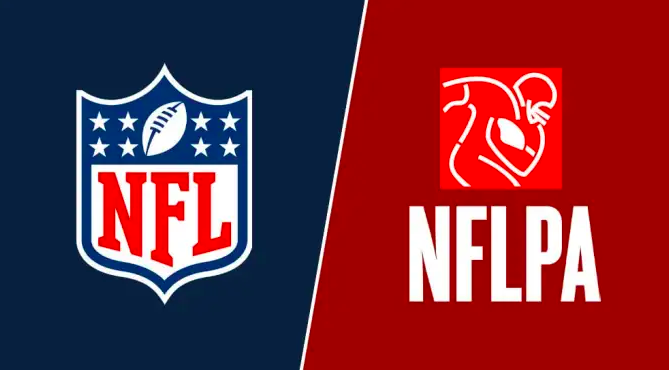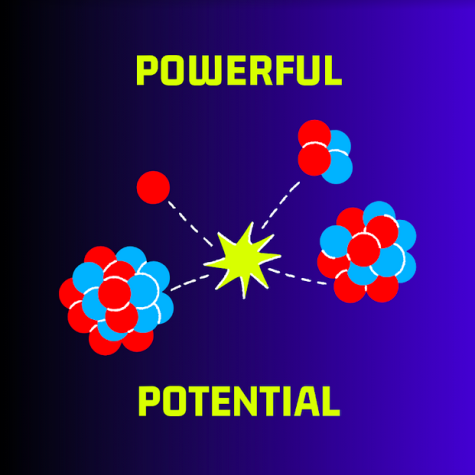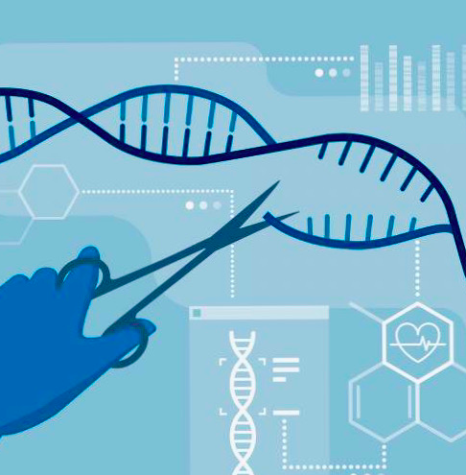NFL and NFLPA agree to update concussion protocols
Following a traumatic injury of Tua Tagovailoa, an American football quarterback for the Miami Dolphins, increased necessity and urgency led the National Football League (NFL) and its Players Association (NFLPA) to agree on revising NFL’s concussion protocol to prevent future concussions and to ensure players’ safety.
During a game against the Buffalo Bills on Thursday, Sept. 25, Tagovailoa hit his head into the turf and stumbled after getting up. However, the official word from the NFL and the Dolphins attributed his conditions to a back injury from the past. Four days later, he returned to play in another game against the Bengals, where he hit his head once again into the turf and ended up being stretchered off the field and transported to a local hospital.
Due to these two incidents involving Tagovailoa, the league’s concussion protocols have come under intense scrutiny and left numerous questions that the NFL and the Dolphins must answer.
The joint statement from the NFL and the NFLPA is as follows:
“While the investigation determined that the team medical staff and unaffiliated medical professionals followed the steps of the Protocol as written, the NFL and NFLPA agree that the outcome in this case is not what was intended when the Protocols were drafted. As such, as has been done in previous cases, based on the advice of the parties’ respective medical experts, the Protocol will be modified to enhance the safety of the players.
“Specifically, the term “ataxia” has been added to the mandatory “no-go” symptoms. “Ataxia” is defined as abnormality of balance/stability, motor coordination or dysfunctional speech caused by a neurological issue. In other words, if a player is diagnosed with “ataxia” by any club or neutral physician involved in the application of the Concussion Protocol, he will be prohibited from returning to the game, and will receive the follow-up care required by the Protocol.
“The Protocol exists to establish a high standard of concussion care for each player whereby every medical professional engages in a meaningful and rigorous examination of the player-patent. To that end, the parties remain committed to continuing to evaluate our Protocol to ensure it reflects the intended conservative approach to evaluating player-patients for potential head injuries.”
The NFLPA also said in its released statement that they hope these changes go into effect immediately to protect the players, and that the NFL accepts the change as early as possible. The agreement of the NFL and NFLPA on the parameters of updated concussion protocols will disqualify players who show gross motor instability independent of any potential contributing factors, such as with Tagovailoa in the Dolphins’ game against the Bills.
There have long been questions and concerns regarding the NFL’s management of concussions. Therefore, Tagovailoa’s incidents were not the first indication of the NFL’s lacking ability to handle such situations involving player’s safety.
Allen Sills, the NFL’s chief medical officer, said during an interview with the NFL that the review showed the doctors took appropriate steps and made a medical judgment based on the information they had at the moment. Under the new protocol, Tagovailoa would not have been allowed to return to the game against the Bengals.
“We want to become even more conservative, and if we think that ataxia is present, let’s just go ahead and assume it is coming from the brain and we will hold someone out,” Sills said. “Because if we are going to be wrong, we would rather hold someone out who doesn’t have a brain injury but we are being cautious, than to put someone out who might have a brain injury and we weren’t able to diagnose it.”








